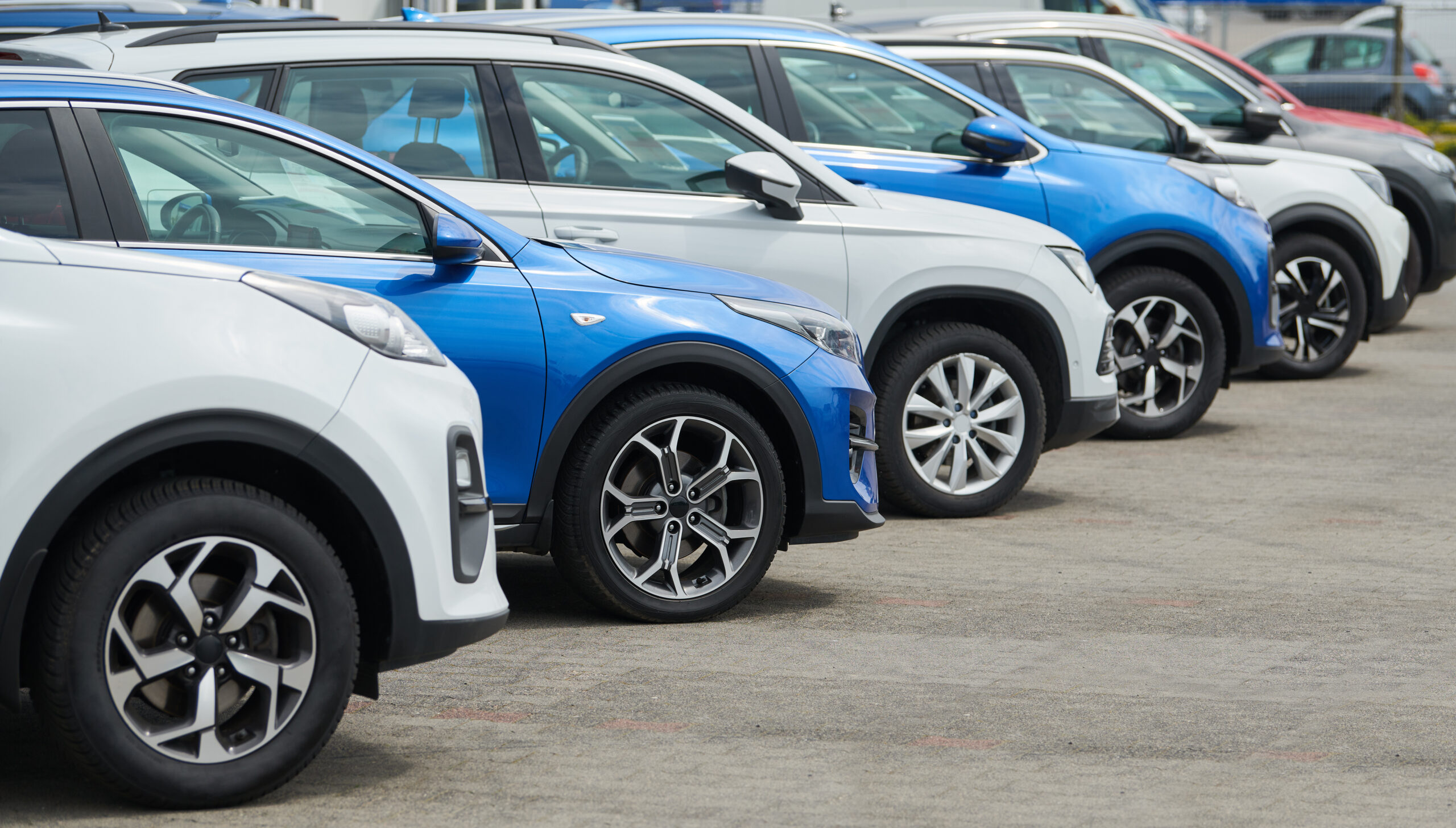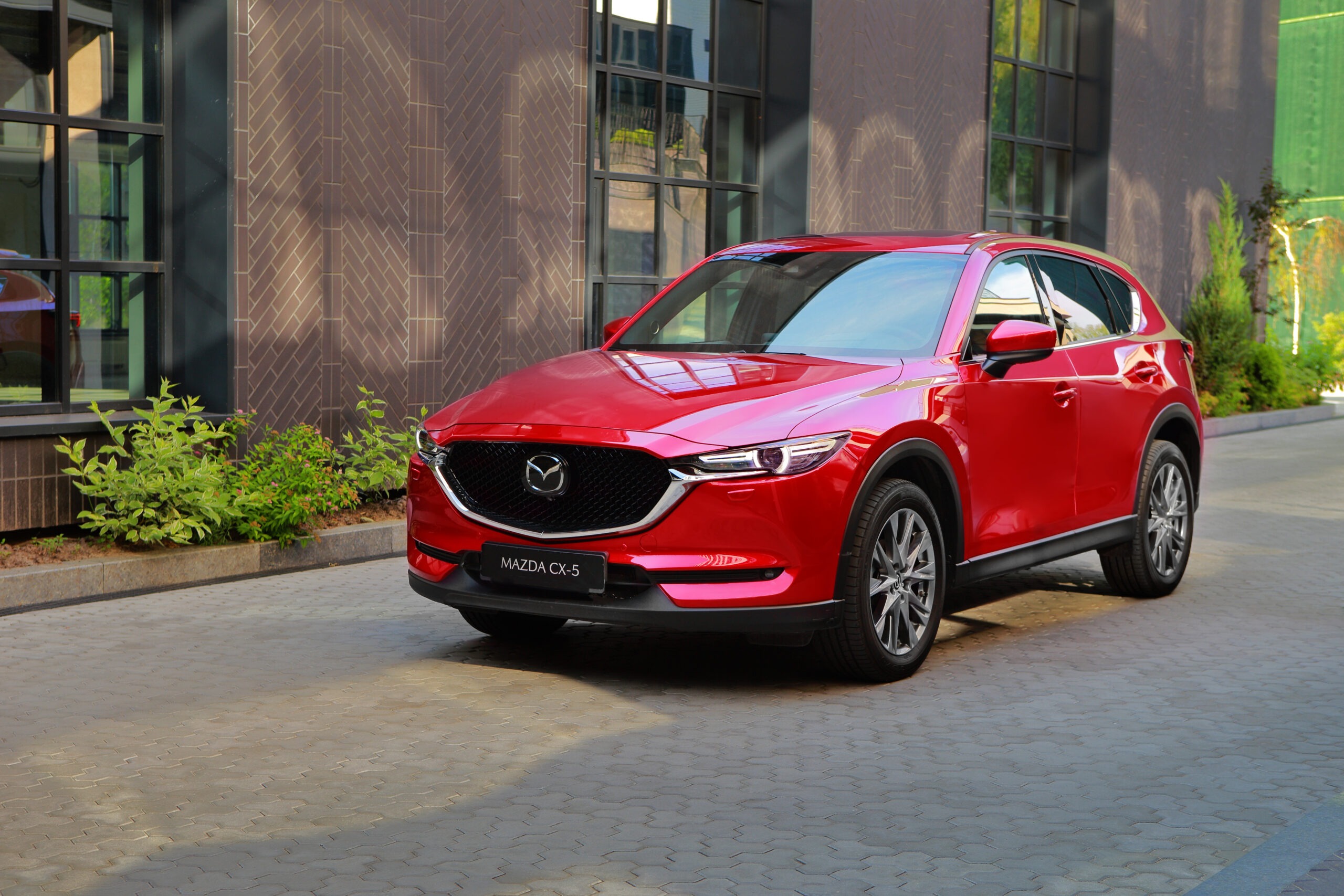
Top Tips for First-Time Car Leasers
Leasing a car for the first time can be both exciting and daunting. Unlike buying a car outright, leasing offers a different set of considerations and benefits. Whether you’re leasing for personal use or business purposes, understanding the basics can help you make informed decisions. This guide provides essential tips for first-time car leasers, ensuring a smooth and rewarding leasing experience.
- Understand How Leasing Works
Car leasing is essentially a long-term rental agreement where you pay to use a vehicle for a specified period and mileage limit. Unlike buying a car, you do not own the vehicle at the end of the lease term. Instead, you have the option to return the car, extend the lease, or purchase it at its residual value. Understanding this fundamental difference is crucial before diving into a lease agreement.
- Evaluate Your Budget
Before choosing a lease, assess your financial situation thoroughly. Consider your monthly income, expenses, and savings. Leases typically require an initial payment (often equivalent to several months’ lease payments), followed by fixed monthly payments throughout the lease term. Ensure these payments fit comfortably within your budget to avoid financial strain.
- Research Different Lease Options
There are various types of leases available, each with its terms and conditions. The most common types include Personal Contract Hire (PCH) and Personal Contract Purchase (PCP). Research and compare these options to determine which one aligns best with your needs and preferences. Consider factors such as lease term, mileage allowance, and initial payment requirements.
- Estimate Your Annual Mileage
Most leases come with a mileage allowance, typically ranging from 8,000 to 15,000 miles per year. It’s essential to estimate your annual mileage accurately to avoid excess mileage charges at the end of the lease term. If you anticipate driving more than the specified limit, consider negotiating a higher mileage allowance or exploring alternative lease options that better suit your driving habits.
- Factor in Insurance Costs
Leased vehicles typically require comprehensive insurance coverage, including liability, collision, and comprehensive insurance. Before committing to a lease, obtain insurance quotes to understand the potential costs. Insurance premiums can vary based on factors such as the vehicle’s make and model, your driving history, and the coverage limits required by the leasing company.
- Understand Maintenance Responsibilities
While leased vehicles are generally covered by manufacturer warranties for routine maintenance and repairs, lessees are often responsible for servicing the vehicle according to the manufacturer’s recommendations. Some leases offer optional maintenance packages that cover routine servicing, tyre replacements, and other wear-and-tear items. Consider whether these packages are beneficial based on your anticipated usage and driving conditions.
- Review Lease Terms and Conditions Carefully
Before signing a lease agreement, carefully review all terms and conditions outlined in the contract. Pay attention to details such as lease duration, monthly payments, mileage limits, early termination fees, and end-of-lease obligations. If you have any questions or concerns, seek clarification from the leasing company or dealership to ensure you fully understand your rights and responsibilities as a lessee.
- Negotiate Lease Terms
Don’t hesitate to negotiate lease terms to better align with your preferences and budget. Negotiable factors may include the initial payment amount, monthly payments, mileage allowance, and lease duration. Compare offers from multiple leasing companies or dealerships to leverage competitive pricing and favourable terms. Remember, the goal is to secure a lease agreement that meets your needs while offering the best value.
- Test Drive Before Committing
Before finalising a lease agreement, schedule a test drive to experience the vehicle firsthand. Pay attention to factors such as comfort, performance, handling, and interior features. Ensure the vehicle meets your expectations and driving preferences, as you’ll be spending a significant amount of time behind the wheel throughout the lease term.
- Plan for the End of the Lease
Prepare for the end of the lease term by understanding your options and obligations. Decide whether you want to return the vehicle, extend the lease, or purchase it at its residual value. Budget for any potential end-of-lease charges, such as excess mileage fees or wear-and-tear costs. Planning ahead ensures a seamless transition and allows you to make informed decisions based on your future transportation needs.
Conclusion
Leasing a car for the first time opens up a world of possibilities, offering flexibility, affordability, and access to the latest vehicle models. By following these top tips and conducting thorough research, you can navigate the leasing process confidently and secure a lease agreement that meets your needs. Remember to consider factors such as budget, lease terms, maintenance responsibilities, and future plans to make the most informed decision possible. Happy leasing!
Ready to embark on your leasing journey? Check out our beginner-friendly leasing deals to find the perfect vehicle for your needs. Whether you’re looking for a compact car for city driving, a spacious SUV for family adventures, or a stylish sedan for commuting, we offer a wide range of options to suit every lifestyle and budget. Visit our website today to explore exclusive leasing offers from top brands and take the first step towards leasing your dream car!









